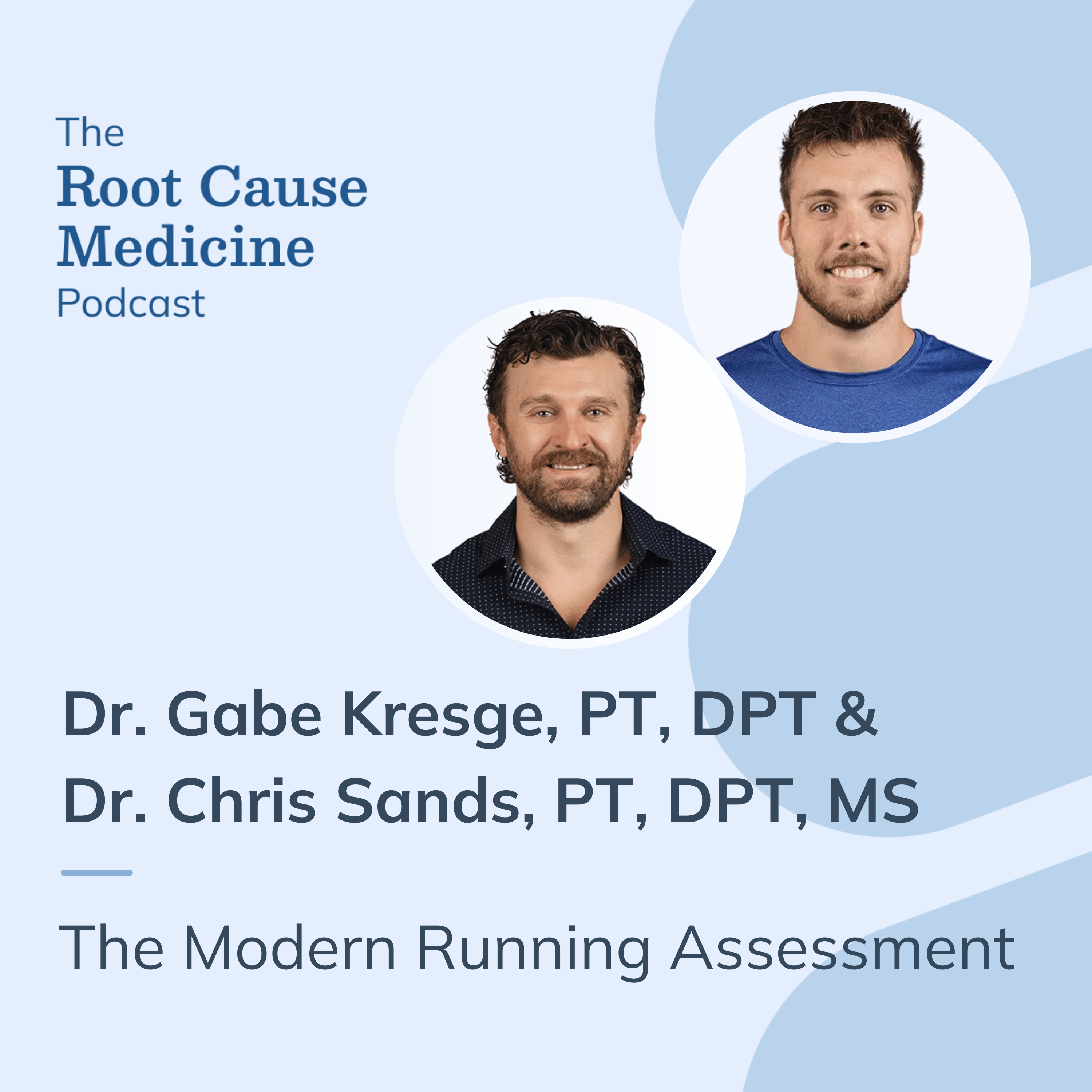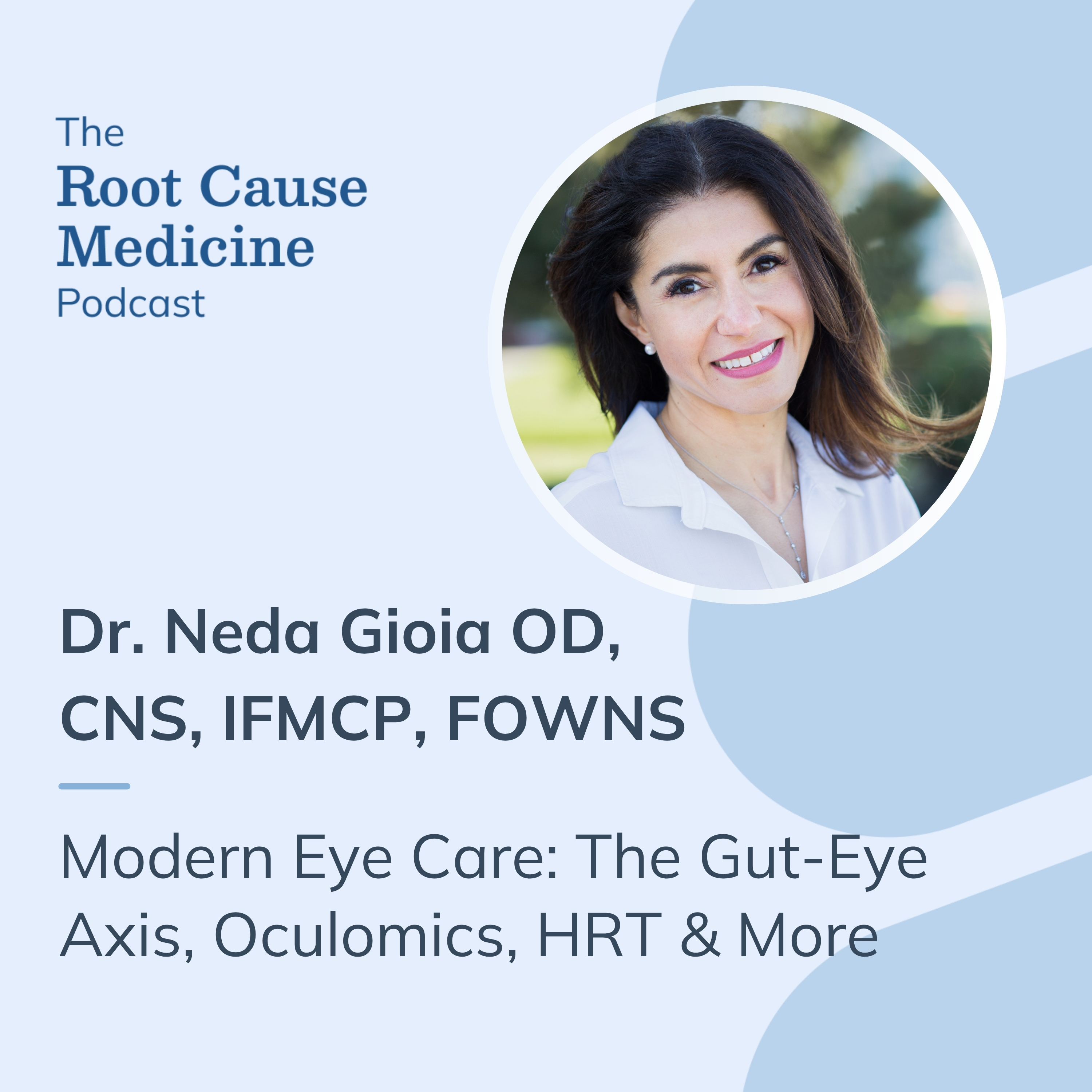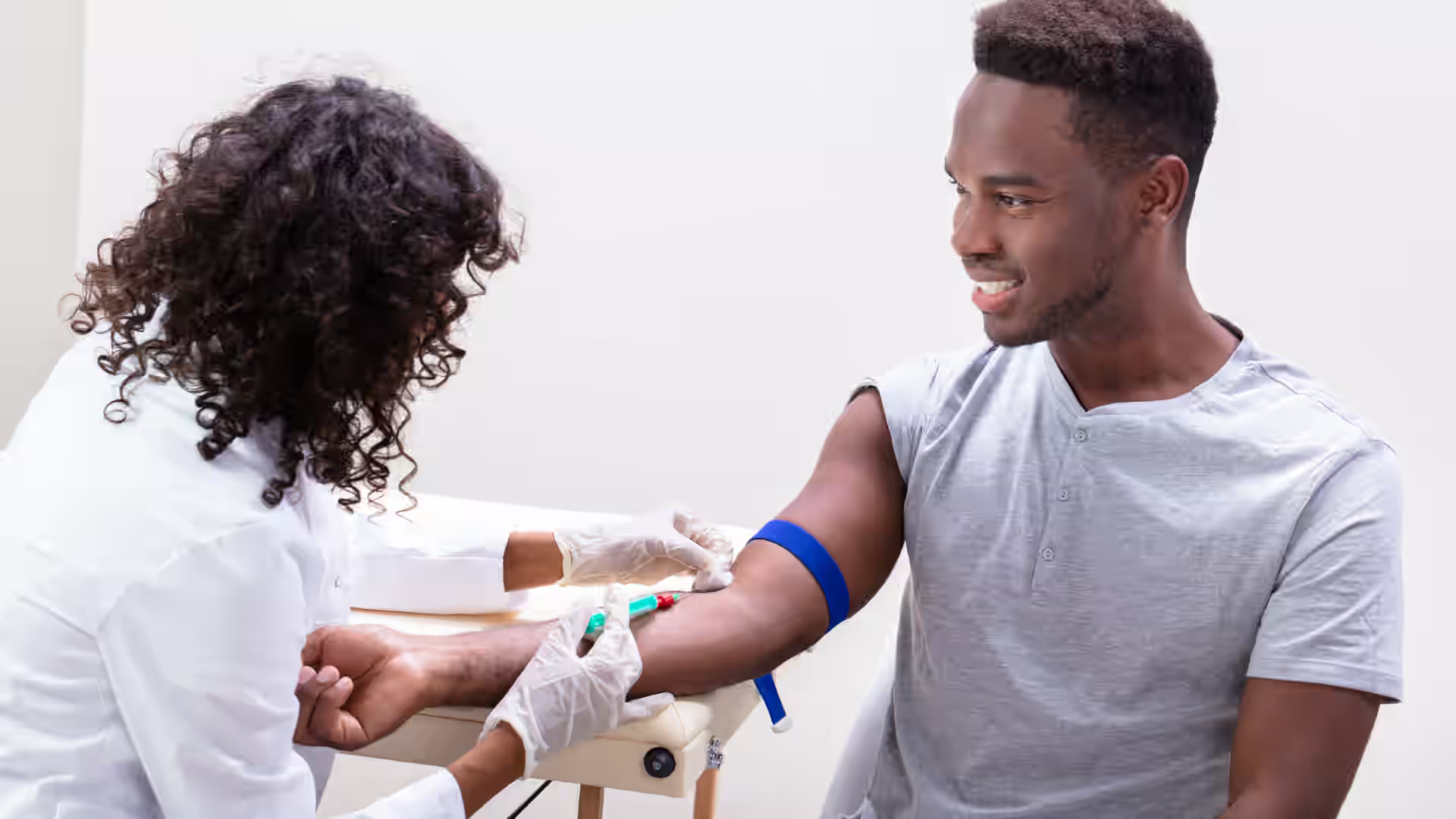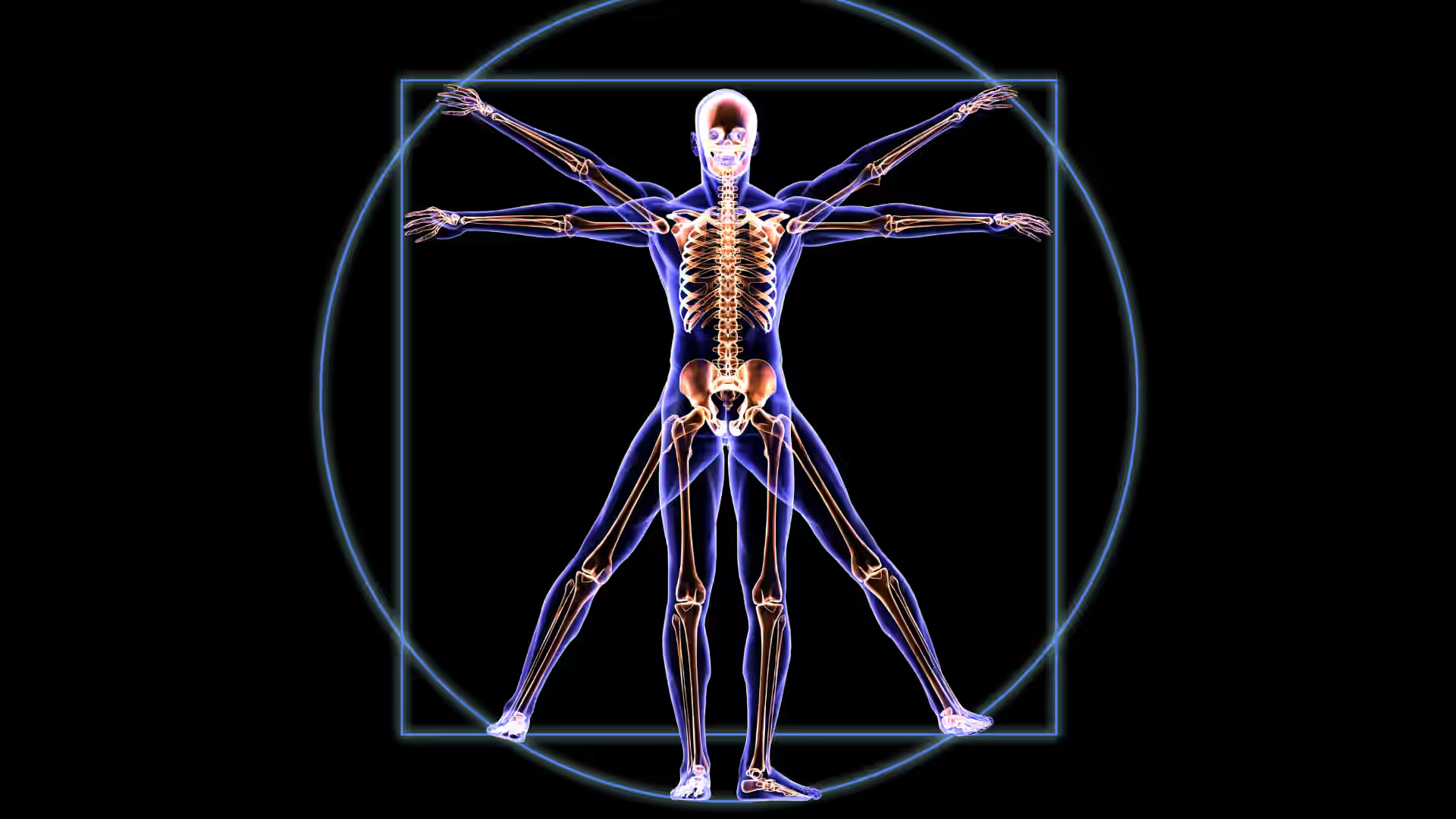Projections suggest a 38% increase in global breast cancer cases by 2050, with mortality rates rising by 68%.
Breast cancer is one of the most commonly diagnosed cancers worldwide. It can present symptoms ranging from easily detectable lumps to more subtle or atypical signs. Early recognition significantly improves health outcomes, particularly in regions with limited access to care.
This article reviews the typical presentation of breast cancer, highlighting both common and uncommon symptoms, diagnostic considerations, and treatment options from a global perspective.
[signup]
Understanding Breast Cancer
Breast cancer is a group of diseases characterized by the uncontrolled growth of abnormal cells in breast tissue. These malignant cells may invade surrounding tissues or metastasize to distant sites through the lymphatic or vascular systems.
The most common types of breast cancer include:
- Invasive ductal carcinoma is the most common form, accounting for 70–80% of cases, originating in the milk ducts.
- Invasive lobular carcinoma originates in the milk-producing lobules, accounting for 10-15% of cases.
- Ductal carcinoma in situ: A non-invasive form confined to the ducts.
- Inflammatory and triple-negative breast cancers: Less common but may be more aggressive with distinct clinical courses.
Global Breast Cancer Statistics
Breast cancer is the most frequently diagnosed cancer in women globally and a leading cause of cancer-related mortality. According to recent global statistics, over 2.3 million women have been diagnosed, with 670,000 deaths reported annually.
Breast cancer incidence and outcomes vary by region, often correlating with a country's Human Development Index (HDI), which considers health, education, and standard of living.
Higher-HDI countries typically have higher incidence rates due to widespread screening and longer life expectancy, but also lower mortality rates due to earlier detection and better access to care.
In contrast, lower-HDI regions report lower incidence but significantly higher mortality due to delayed diagnoses and limited access to care.
Breast Cancer Trends by Region
- North America and Western Europe report the highest incidence rates, largely due to extensive screening programs and demographic factors such as delayed childbearing and lower fertility rates.
- Asia: Breast cancer incidence is rising, influenced by regional differences in development and healthcare access.
- Sub-Saharan Africa: Although incidence is lower, mortality rates are disproportionately high due to late-stage diagnoses and limited healthcare access.
- Latin America: Increasing trends are observed, reflecting changes in reproductive behavior, urbanization, and lifestyle factors.
Common Symptoms of Breast Cancer
Breast cancer can present with a range of symptoms, which can vary between individuals.
Physical Signs
- Lump in the breast or underarm, often felt as a firm, painless mass
- Changes in breast size or shape
- Skin changes include dimpling or redness on the breast's surface.
Although these are common symptoms, they may also arise from other conditions, making medical evaluation essential.
Non-Physical Symptoms
- Persistent breast pain
- Nipple discharge, especially if bloody or spontaneous
- Lymphadenopathy in the armpit or clavicular area
These symptoms can be subtle and may vary in presentation, highlighting the importance of considering them in the broader context of overall health.
Rare Symptoms and Atypical Presentations
In some cases, breast cancer may present with atypical symptoms that complicate early detection. Inflammatory breast cancer may show as diffuse redness, swelling, or warmth, often resembling an infection and lacking a distinct mass. Metastatic disease can lead to organ-specific symptoms, such as bone pain, difficulty breathing, or abdominal discomfort, depending on where the cancer has spread.
Neurological symptoms may occur in advanced stages, such as nerve pain in the chest or upper body. Systemic symptoms, including fatigue or unexplained weight loss, can also appear, though these are nonspecific. These atypical presentations emphasize the need for a thorough clinical assessment when symptoms are persistent or unexplained.
Risk Factors and Causes
Breast cancer risk is influenced by genetic, lifestyle, environmental, and hormonal factors.
Genetic Factors
- BRCA1 and BRCA2 Mutations can impair DNA repair, increasing breast cancer risk. However, not everyone with these mutations will develop breast cancer.
- A Family History of breast cancer, particularly at a young age, may suggest a higher risk.
- Hereditary conditions such as Lynch syndrome and Li-Fraumeni syndrome also increase susceptibility.
Genetic factors are important for assessing risk but are just one part of the overall picture, accounting for 10-15% of overall breast cancer cases.
Lifestyle and Environmental Factors
Studies suggest that diets high in saturated fats and low in fruits and vegetables may increase the likelihood of developing breast cancer. Excessive alcohol consumption can raise estrogen levels, potentially promoting the growth of hormone-sensitive cancer cells. Conversely, regular physical activity is associated with a reduced risk, likely due to its effects on hormone regulation and weight management.
Radiation exposure, such as from past cancer treatments, can also increase risk, particularly in younger individuals. Environmental toxins, including industrial chemicals, may contribute, though more research is needed to clarify their role.
Hormonal Influences
Estrogen and progesterone play a key role in the development of hormone-receptor-positive breast cancers. Prolonged exposure to these hormones may increase the risk by stimulating the growth of specific cancer cells.
Hormone replacement therapy (HRT), particularly when combined with progestin, has been linked to an elevated risk, especially with long-term use. Healthcare providers should assess the risks and benefits of HRT on an individual basis. Hormonal factors are an important consideration in evaluating breast cancer risk, especially for post-menopausal women or those undergoing hormone therapy.
Diagnostic Approaches
Accurate and timely diagnosis is essential for managing breast cancer. The choice of diagnostic method depends on factors such as patient history, risk level, and available resources.
Screening Methods
Screening methods are used to detect potential breast cancer.
Mammography is the gold standard for screening and has been shown to reduce breast cancer mortality. However, its sensitivity decreases in dense breast tissue, leading to the possibility of false negatives and positives.
Ultrasound is often used with mammography, especially in women with dense breasts. However, ultrasound cannot detect microcalcifications, which can be an early indicator of cancer, and has a higher false-positive rate compared to mammography.
MRI is highly sensitive and often used for high-risk patients, but it is more expensive and has a higher false-positive rate.
Diagnostic Tests
Once a suspicious finding is detected, further diagnostic tests are necessary to confirm the diagnosis and assess the tumor's characteristics. Biopsy is the gold standard method for diagnosis and can be performed using several approaches:
- Fine needle aspiration provides a small tissue sample but may not provide sufficient information.
- Core needle biopsy provides a larger tissue sample for more accurate diagnosis.
- Surgical biopsy is used when other biopsy methods are inconclusive.
In addition to biopsy, genetic testing and molecular profiling provide insights into a tumor's characteristics. These tests can identify gene mutations like BRCA1 and BRCA2 and the expression of genes such as HER2. This information helps to guide treatment decisions.
Global Variations in Diagnostic Practices
Breast cancer diagnostic practices vary globally, influenced by regional healthcare resources.
In high-income countries, widespread access to mammography, ultrasound, and MRI facilitates early detection and timely intervention. In contrast, lower-income regions often face limited access to these tools, leading to delayed diagnoses.
The effectiveness of breast cancer diagnosis is further impacted by healthcare infrastructure; regions with adequate resources and trained professionals can provide more accurate and timely diagnosis. Areas with limited resources may experience delays that affect patient outcomes.
Understanding these global variations is key to improving care and addressing disparities in breast cancer diagnosis.
Treatment Options
Breast cancer treatment strategies depend on tumor characteristics, disease stage, and individual patient factors. These treatments are often tailored to each patient's specific needs.
Conventional Treatments
Conventional treatments for breast cancer include surgery, chemotherapy, and radiation therapy. Surgery is usually the first step, with options ranging from lumpectomy to mastectomy, depending on tumor size and location. Chemotherapy targets cancer cells that may have spread beyond the primary tumor site, while radiation therapy is used after surgery to reduce the risk of local recurrence.
Based on tumor characteristics, targeted therapies and hormone treatments are also employed. Targeted therapies, such as those for HER2-positive cancers, focus on specific molecules involved in tumor growth. Hormone therapies address hormone-receptor-positive breast cancers by reducing hormone levels or blocking receptors.
Integrative and Alternative Approaches
Many patients use complementary therapies, such as yoga or meditation, to manage stress and improve well-being. Clinical studies are increasingly exploring these approaches to understand their impact on quality of life.
A qualitative study of female breast cancer survivors who underwent mind-body therapy identified three coping models: an illness-focused narrative, a coexistence of illness and body, and an embodied illness story.
These models highlight a progression in coping mechanisms and emphasize the role of body awareness in promoting overall well-being.
Global Perspectives on Treatment
Treatment protocols for breast cancer vary by region, influenced by healthcare access and available resources. Developed countries often have access to advanced treatments, including targeted therapies and clinical trials, contributing to earlier detection and improved outcomes.
In contrast, limited access to these treatments in low-resource settings can affect timely care and contribute to disparities in outcomes.
Survivorship and Quality of Life
Survivorship care is a critical phase following breast cancer treatment, focusing on maintaining physical health, addressing emotional well-being, and ensuring overall quality of life. With advancements in breast cancer treatments, comprehensive post-treatment care and ongoing support for survivors are essential to their long-term health.
Post-Treatment Care
Post-treatment care includes regular monitoring to detect recurrence and manage long-term side effects. Follow-up procedures often involve physical exams, imaging tests, and lab work. Survivors may experience side effects such as fatigue, lymphedema, or bone density loss, requiring ongoing management through physical therapy, nutrition, and medication.
Psychological and Emotional Support
Psychological support is vital for survivors coping with emotional challenges such as anxiety or depression. Support groups and counseling provide opportunities for survivors to share experiences and receive emotional support.
Coping strategies like mindfulness and cognitive behavioral therapy can assist both survivors and their families in navigating the emotional challenges after treatment.
Enhancing Quality of Life Globally
The concept of quality of life after cancer treatment extends beyond physical recovery. Cultural perspectives play a significant role in shaping how breast cancer survivorship is approached globally. Cultural beliefs and social attitudes influence how survivors perceive their health and well-being in different regions.
Some cultures emphasize traditional healing practices, while others focus more on modern medical treatments. Survivors in developed regions typically have access to comprehensive support services, but those in low-income areas may face challenges due to limited resources.
Understanding these cultural and regional differences is key to providing appropriate care and support for all survivors.
Preventive Measures and Early Detection
Preventive measures and early detection are essential in improving health outcomes and may help reduce the risk of breast cancer. Lifestyle changes, appropriate screenings, and public health efforts are key to identifying risks early.
Lifestyle Modifications
Modifying lifestyle factors, such as diet and exercise, may help reduce the risk of breast cancer and support its management. There is growing evidence that the Mediterranean diet (MedDiet) and regular physical activity can lower the risk of developing BC, reduce recurrence, and improve quality of life for those diagnosed.
The MedDiet, rich in whole foods like fruits, vegetables, and olive oil, has been associated with reduced oxidative stress and inflammation, supporting overall health and wellness for BC patients. It is considered a sustainable approach that provides essential nutrients without compromising immunity.
Fasting and modified fasting have shown potential in improving chemotherapy tolerance, reducing inflammation, and enhancing metabolic health. Studies suggest fasting may inhibit tumor growth and increase treatment sensitivity. Clinical trials confirm the safety and feasibility of fasting cycles for cancer patients, with ongoing research exploring their effects on treatment outcomes.
Ketogenic diets alter metabolic pathways and may help manage BC by reducing glucose availability and improving insulin sensitivity. However, challenges like long-term adherence and potential nutritional deficiencies must be addressed.
Regular physical activity is proposed to reduce BC risk, prevent recurrence, and aid recovery during treatment. Exercise may influence hormone regulation, reduce inflammation, and enhance immune function.
Further research, including large-scale clinical trials, is needed to clarify the specific roles of these interventions in breast cancer prevention and treatment.
Screening Recommendations
USPSTF recommends biennial mammograms for women at average risk, starting at age 40 and continuing through age 74. Women with a family history or genetic risk factors may need to begin screenings earlier and may be advised to undergo additional screening methods, such as an MRI.
Regular screening detects issues before symptoms appear, allowing for earlier intervention. Early detection is associated with more effective treatment and better outcomes.
[signup]
Key Takeaways
- Breast cancer remains a global health issue, with incidence and mortality rates rising in some regions. Invasive ductal carcinoma (IDC) is the most common type, accounting for the majority of cases.
- Symptoms range from common signs like lumps and skin changes to rarer indicators such as inflammatory breast cancer and metastatic symptoms. Diagnostic methods, including mammography, ultrasound, MRI, and biopsy, are essential tools for identifying breast cancer, though their availability and effectiveness vary by region.
- Global disparities in breast cancer outcomes are influenced by socioeconomic factors, healthcare access, and cultural practices, which affect both early detection and treatment success.
- Early detection through screenings and lifestyle modifications, including diet and exercise, can support better health outcomes.
- Screening protocols should be tailored to individual risk factors, and ongoing research is needed to refine the impact of lifestyle interventions on breast cancer prevention and treatment.












%201.svg)







